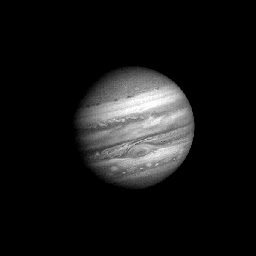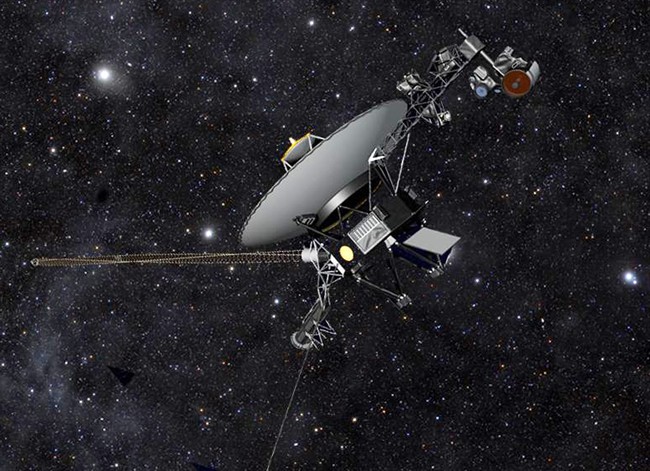TORONTO – On Thursday, NASA reported that Voyager 1 – one of two spacecraft that were launched in the late 1970s – has left our solar system and entered interstellar space.

What makes this news particularly exciting is that on board each satellite is a type of time capsule with information chosen by a committee headed by the legendary astronomer Carl Sagan. The committee came up with 115 images and a variety of natural sounds of Earth, such as birds, surf, thunder, and whales. It also included greetings in 55 languages from around the world (the English greeting was recorded by Sagan’s son) and music. The information was all put onto a record.
Yes, a record.
But suppose aliens don’t know what a record is? Most kids today don’t, so why should we expect aliens to? Never fear: science is about thinking ahead. Carl Sagan and his team provided instructions for the aliens:
A universal language
The language provided is binary code, a series of numbers. It is believed that all life would use some form of numbers, making it a truly “universal” language.
There is also a map that shows our solar system’s location in relation to 14 pulsars. A pulsar is a type of rotating, extremely dense star.
How will aliens know when it was sent?
Now, let’s say this message in a bottle we’ve sent off into space is intercepted. How will another life form know when it was sent?
A part of the record was electroplated with a source of uranium-238, with a particular radioactivity. As the uranium decays, the isotopes it produces act as a kind of clock. Half of the uranium will decay in 4.51 billion years. The alien life, should they figure out the puzzle, only has to measure the amount of the “daughter” isotopes against the remaining uranium, thereby calculating the elapsed time.
That’s pretty nifty science.
A time-lapse video as Voyager 1 approached Jupiter in 1979

But we sent the absolute best of ourselves: the voices of children, smiling people. We didn’t send photos of riots, countries uprising, wars, or famine.
It’s the equivalent of the online dating lie: you put up a photo of yourself as you once were or wish you were.
But still, who’s to say that a spacefaring race is any better than we are?
As Voyager travels into the great beyond, we bid it adieu. And let’s hope that any alien life forms it comes across are friendly.
What would you send aboard a satellite? Tell us in the comments section below.




Comments